Approaching Life as Training
How the rigors of monastic practice helped a Rinzai Zen priest to transform her relationship to tiredness and pain The post Approaching Life as Training appeared first on Tricycle: The Buddhist Review.
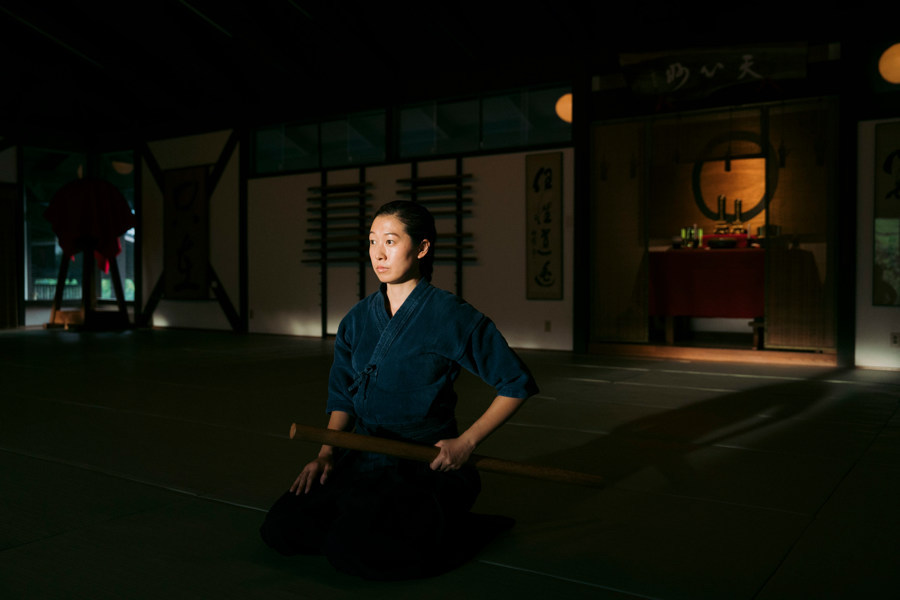
At the age of 25, Cristina Moon sat her first ten-day meditation retreat to prepare for the possibility of arrest and torture inside military-ruled Burma. While she acknowledges the naïveté of her initial intent, on the retreat she nevertheless discovered not only a method to withstand pain but also a new way of seeing the world that set her on a decades-long spiritual path.
Eventually, Moon found her way to Daihonzan Chozen-ji, a Rinzai Zen temple and martial arts dojo in Honolulu that emphasizes warrior Zen training. Her new book, Three Years on the Great Mountain: A Memoir of Zen and Fearlessness, follows her first three years at Chozen-ji as she learns ferocity and grace through swordsmanship, ceramics, and the rigors of all-night training.
In a recent episode of Tricycle Talks, Tricycle’s editor-in-chief, James Shaheen, sat down with Moon to talk about what led her to seek ordination as a Chozen-ji priest, how she learned to let go of her own tiredness, and what it means to treat everyday life as Zen training. Read an excerpt from their conversation, and then listen to the full episode.
At the age of 25, you sat your first ten-day silent meditation retreat to prepare for the possibility of torture in Burma. What brought you to that retreat, and what it was that you were preparing for? From my first year in college, I’d been really active in the Free Burma movement, working with exiles, dissidents, and former political prisoners from Burma, or Myanmar. In 2006, I was planning to go to Rangoon inside Burma to interview a number of leaders of the democracy movement, all of whom had spent time as political prisoners. When they found out that I was Korean American and could pass for Burmese, they became concerned that in the same way that they lived with the danger of being interrogated, imprisoned, and tortured, I might face that danger if I was spending time with them.
Very naïvely, I asked around if there was anything that I could do to prepare for that possibility. I had two friends who were the toughest people I had ever met—one had biked by himself across Southeast Asia and been in a Marines youth program, and the other had solo hiked all of the Appalachian Trail. Out of all of the things that they had done in their lives, they said going on a Vipassana retreat was both one of the most challenging and one of the most rewarding. They talked about how the retreat was incredibly painful, but at the same time, in the end, they were able to transcend their pain to some degree. In my remarkably immature 25-year-old mind, I thought, “Oh, that sounds like a great idea.”
On the retreat, you say that you discovered a different way to see the world, and you were confronted with your own narcissism. Can you tell us about that experience? It really surprised me. We had just started doing body scans, and all of a sudden I had a flashback of the past three years of my life—it was like watching a documentary on fast forward. I got this perspective on myself that was very different from how I had understood and rationalized my own behavior and who I was, and it was surprisingly unsavory. I got a sense of myself that felt quite narcissistic, unwilling to take responsibility for the harms I’d caused to other people, projecting and blaming those harms onto others, and looking at the world through my own solipsistic lens of what I needed and what I wanted. More so than being able to manage physical pain, I realized this was actually the real work of sitting and of Buddhist meditation. That was the most eye-opening aspect of being on that first retreat, and it made a very deep impression on me.
Eventually, you ended up at Chozen-ji, and you describe your arrival there as a homecoming. So what brought you to Chozen-ji? Chozen-ji is a Rinzai Zen temple and martial arts dojo at the back of a valley in Honolulu. It was founded in 1972 by Tenshin Tanouye and Omori Sogen. Omori Sogen was from Japan, and he was very high ranking in the Rinzai Zen institution, Rinzai-shu. Tenshin Tanouye was a high school band teacher in the Honolulu public school system who was a genius in the martial arts. He had achieved sixth- and seventh-degree black belts in seven different martial arts by the Dai Nippon, or main Japanese school of testing. For people who aren’t familiar with Japanese martial arts, getting a sixth- or seventh-degree black belt in one martial art is considered a lifetime achievement. What he did is the equivalent of getting seven PhDs in a ten-year span.
I found Chozen-ji in 2017, or, rather, it found me. I had heard about it previously, but I was on my own path doing insight meditation. I wasn’t particularly interested in Zen, and I wasn’t looking for it, but at just the right moment in my life, an old acquaintance reappeared and said, “Remember how I’ve been training at this Zen temple in Hawaii for the past fifteen years? They needed someone to move onto the grounds, and so they asked me. We’re trying to get new people to come and experience the training, so if you’re ever in Hawaii, let me know.”
Remarkably, seconds before, I had finished chatting with someone and had agreed to meet them in Hawaii in January. It seemed to me a no-brainer—I had to go and check it out. The synchronicity was just too much. When I looked at Chozen-ji’s website, it talked about the martial arts and Chozen-ji’s relationship to the native Hawaiian community, and it felt so compelling. I was captivated immediately. And once I got here, it was only a matter of days before I was like, “I’m not leaving. You guys are going to have to drag me out of here.”
You describe your first sesshin, or intensive weeklong training, at Chozen-ji and how you learned to work with the physical exhaustion of prolonged rigorous training. So how did you learn to let go of your tiredness? You compare this to realizing that sometimes two minus one equals three. That is a specific formulation from one of the teachers here at Chozen-ji, Kangen Roshi. He was trying to get me to understand that sometimes it is a matter of adding energy, but oftentimes it’s actually about what you take away.
For me, in that first sesshin, it was letting go of that little voice that kept on saying, “I’m so tired. I don’t know if I can do this.” At first I had to be very intentional about it, and every time I heard that voice, I would cut it off right at the root: “Nope, we’re not going there.” Eventually, I was able to drop it. In letting go of that narrative of “I can’t,” I realized how much energy I had been wasting circling around this false narrative of all of the things that I could not do.
In letting go of that narrative of “I can’t,” I realized how much energy I had been wasting circling around this false narrative of all of the things that I could not do.
This is not something that I recommend that people try to just do because you truly have to have the right conditions. I had been living and training at Chozen-ji every day for six months. I was immersed in a method of training hundreds of years old that’s been time-tested through so many people. And I was within the form of the sesshin as well. So I was really in the right condition to be able to let that go. In the absence of that, it’s pretty hard to just let it go—then it gets into the territory of toxic masculinity in saying, “Just push through it. Don’t let it bother you.”
During a later sesshin, you had a similar breakthrough in working with physical pain where you realized, “Well, I’m alive, aren’t I?” Could you say more about how this changed your relationship to pain? In that moment, I was saying to myself, “It hurts so much. It hurts so much.” And then, I don’t want to make it sound too mystical, but out of nowhere, my own voice shot back at me saying “I’m alive, aren’t I?”
It was this flash of a realization of acceptance: yes, suffering is a fact of life. It is a facet of human existence that we can’t avoid discomfort or pain, but how we relate to it can change. In that moment, my experience of physical pain became an indicator that I was alive in this very precious human existence. Rather than treating the pain like something that I would rather be rid of because I was devaluing it, I could actually appreciate it as an aspect of being alive.
Over time, this has helped me to feel like the things that are challenging in life are opportunities to grow and develop, not in a masochistic way or a defeatist way but in a way that’s almost scientific: it’s just that this is a fact of the human experience. Victor Frankl, the Holocaust survivor and psychologist, said, “If there is a meaning in life at all, then there must be a meaning in suffering. Suffering is an eradicable part of life.” In that moment, I felt something similar: the pain is a fact of my existence, so I better make the most out of it.
Eventually, you decided to seek ordination as a priest. Can you say more about that decision? I didn’t really know what it meant to be a priest, but I had the sense that it was an important part of one’s training. That may be the best way to understand it from a Chozen-ji perspective. There’s not a whole lot we do in the sense of traditional pastoral work or care: We don’t lecture. We don’t give sermons. We don’t teach Sunday dharma school. That’s not part of the landscape of Chozen-ji training. But what it means to be a Chozen-ji priest is that you’re committing to training in Zen for the rest of your life—and to making the training available to others. I had a sense that I was training really hard. I wanted a sense of what came next, and I wanted to infuse my own training with some more energy to keep going. That was part of the idea that my teacher, Sayama Roshi, had as well, where he said to consider it aspirational. Becoming ordained as a priest wasn’t, as it might be for some other people, a recognition of everything [I had] already done. For me, it was to invigorate my training so that I would keep going forward.
I’ve made a commitment to do this training for the rest of my life and to make the training available to others. There’s a sense of humbling myself to whatever that means.
One question you’re often asked is what a Zen priest does. So how do you answer that question now, four years in? I think about what a Zen priest does as approaching life as training. I’ve made a commitment to do this training for the rest of my life and to make the training available to others. There’s a sense of humbling myself to whatever that means. It could mean that I pull the weeds at the dojo every week. It could mean that I cook the meals for the dojo workdays. It could mean that I set up the bookkeeping software to keep the office going, just as much as teaching the ceramics class and teaching zazen and doing sesshins. It means doing whatever is necessary to continue to make the training available for others in the same way it was made available for me. That, for me, is what it means to be a Chozen-ji priest.
This excerpt has been edited for length and clarity.

 KickT
KickT 







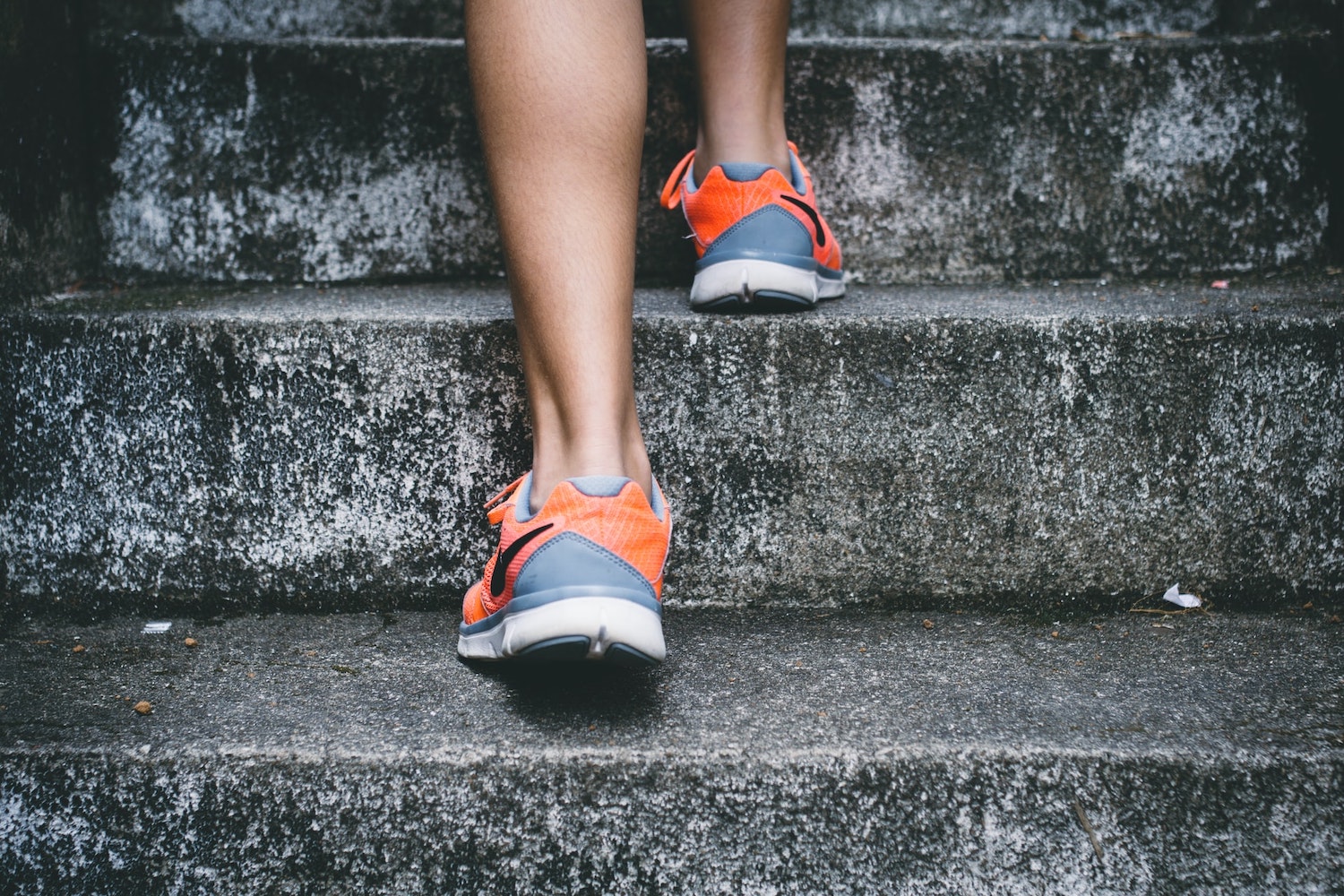

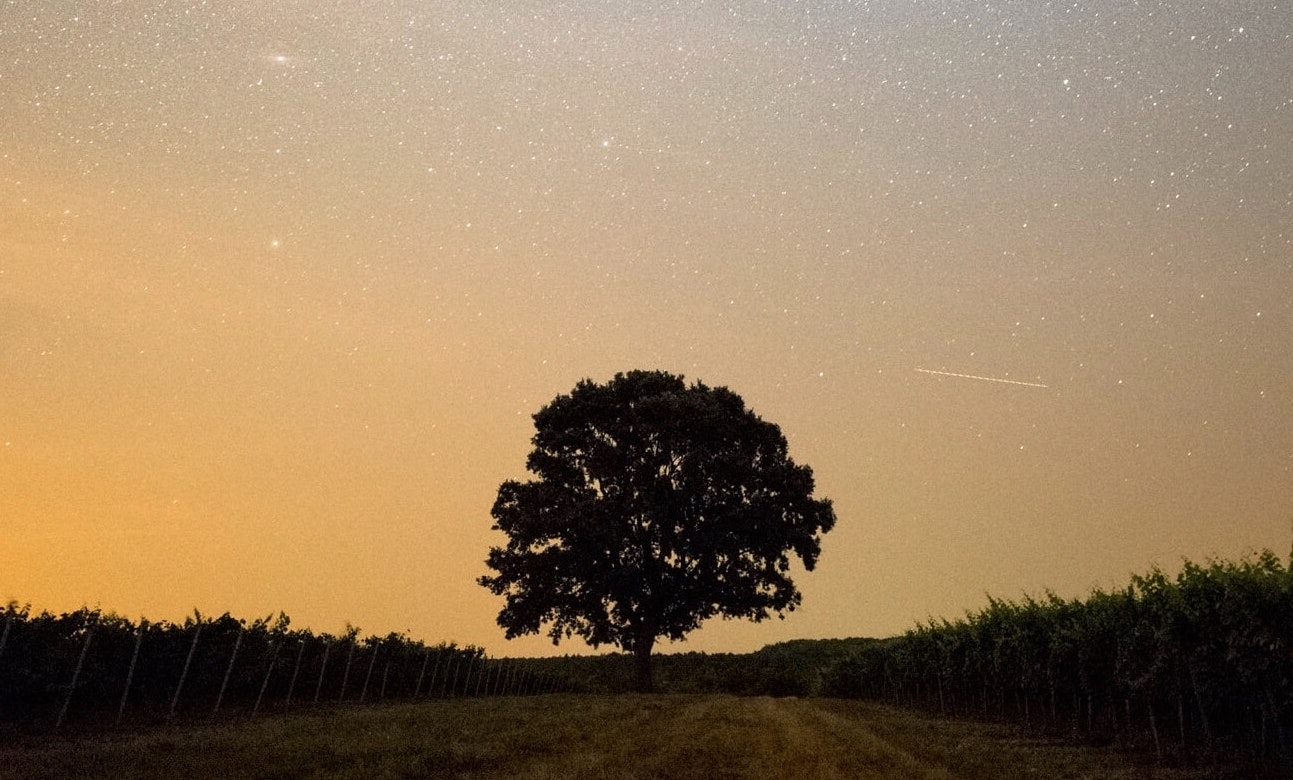

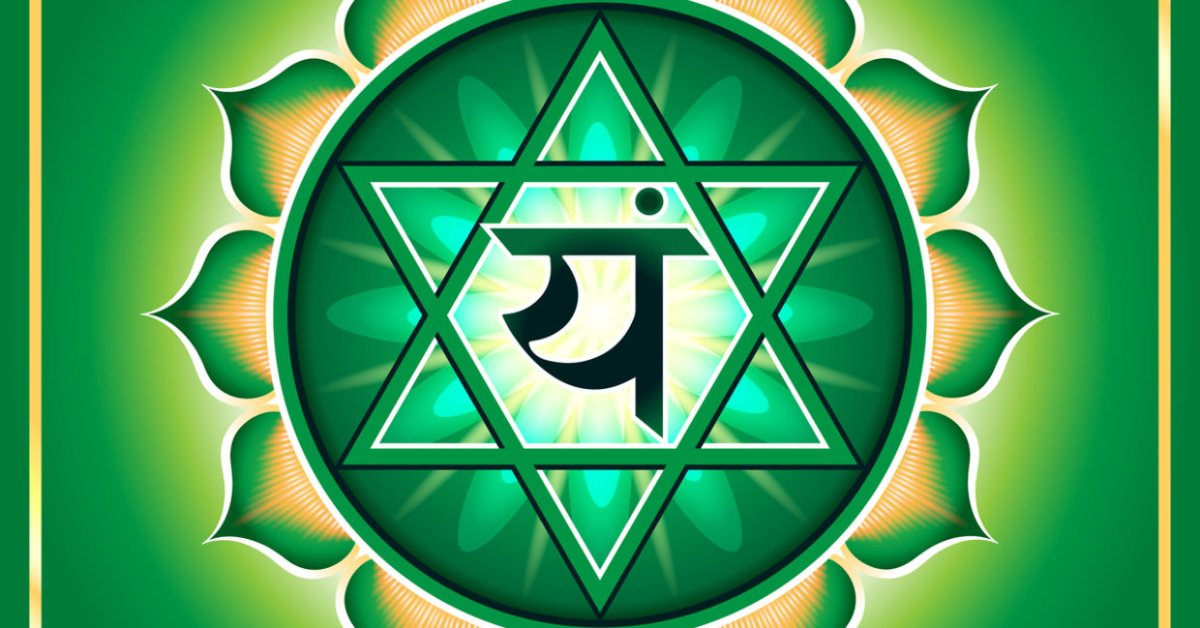














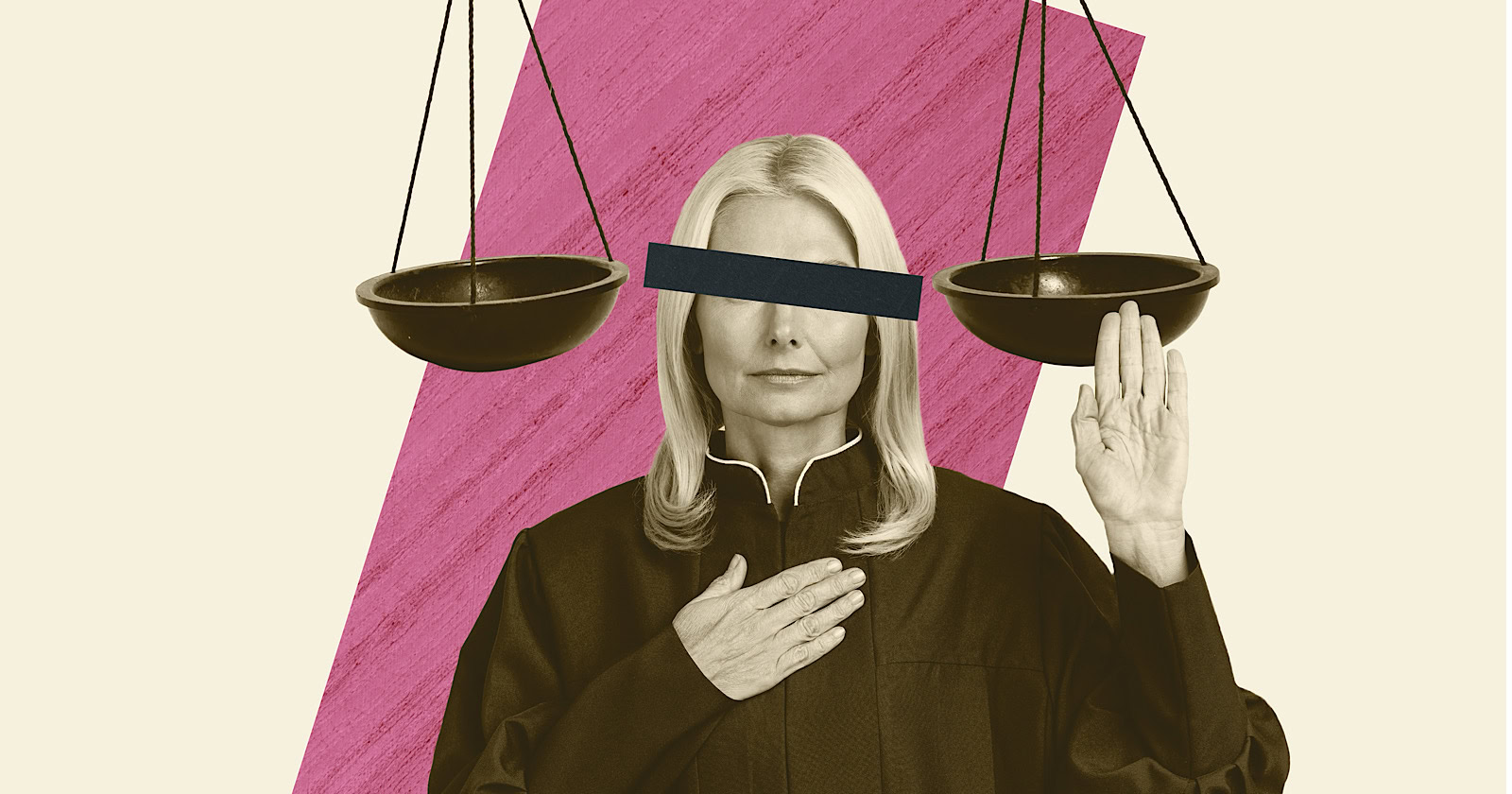

![6 Ways Creators Can Use Meta AI [Infographic]](https://imgproxy.divecdn.com/oWHvh1SOQzpl85udkH3rBnzoX7T5sjKPkJpQi2A8T5w/g:ce/rs:fit:770:435/Z3M6Ly9kaXZlc2l0ZS1zdG9yYWdlL2RpdmVpbWFnZS82X3dheXNfY21ldGFfYWkyLnBuZw==.webp)


